That one's easy, it's the simple wisdom and fundamental gospel
Eat, Drink & Be Merry.
We like to think we're a little deeper than that so we build
meaningful chunks of culture into our plans -- significant,
consequential, enlightened attempts to learn and grow.
But if you had to choose -- admit it -- the eating and drinking
part is what makes our adventures so memorably fun.
So when you get to combine the merry-making with stone cold
historical and cultural insight, it's definitely a worthwhile venture.
A two-for-one win.
Saint-Émilion, just 22 miles NE of Bordeaux, is one whale of a find.
Sip, savor, and soak up some savvy all in one beautiful package.
AND FOLLOW THAT MONK.
distressed Breton monk named Émilion carved a new life for himself
and unwittingly founded the largest underground church in Europe.
Escaping troubles back home, he sought refuge in the peaceful
countryside, digging out his cave-home into a limestone cliff in what
would one day become a town (and a wine classification) named after him.
Hoping to live his life as a hermit, Émilion's solitude didn't last long.
What followed was the birth of a wine industry moored in holy
tradition -- holy at least for we wine-lovers -- a launch-pad for
the mythical drink we now know as Saint-Émilion wine.
And if that's not enough, the little monk's escape was the wellspring
that generated worldwide acclaim and a UNESCO World Heritage Site
salute for both the village and its full-bodied wine.
Not bad for a bashful monk in self-imposed solitary confinement....
You can still visit his craggy but not-so-secluded retreat, now a
rock-hewn church that continues to draw pilgrims.
Christened a monolithic church, the moniker simply means
the architecture is made from one single stone.
What began as a modest hideaway for one monk became a fascinating network
of subterranean galleries in a church that evolved over a period of many years.
You will see his "furniture" -- a bed made of stone -- yikes -- and
an improbable chair where women, anxious to conceive,
take a hopeful seat, praying for enriched fertility.
The site includes Benedictine catacombs, a spring and
graffiti thought to be from the French Revolution.
Above ground, the slightly newer Holy Trinity Chapel
nurtures preserved frescoes from the 13th century.
Our guide, both knowledgeable and interesting, offered a fascinating
lesson in the mingling of legend and truth in this amazing chronicle.
wine and worship go hand in hand.
The Romans planted vines here as early as the 2 A.D. and
centuries later, the monk and his followers took the lead.
You can still visit the Église Collégiale and admire its 12th century nave
and 14th century cloisters or climb the King's Tower
(La Tour du Chateau Roy) for a royal view of the town.
Among the ruins of the Cloître des Cordeliers is a chance to
see and taste sparkling wines of the region.
The French Revolution brought the town to its knees, much of it
looted and destroyed, and eventually abandoned.
But as the wine trade revved up again in the mid-1800's, Saint-Émilion's
reputation brought wine traders and traffic back to the trail of the vine.
to taste the vines that surround the pretty city.
Once your eyes become accustomed to the enchanting warmth of the stonework, cobblestones and picture perfect setting, you'll soon rally to the number of wine shops and maisons de vin on every block, many with vines in their own back yard.
And the restaurants!
Saint-Émilion has a wealth of eateries boasting excellent regional cuisine.
Look for area specialties such as lamprey -- eel stewed in a sauce of
local wine -- or little snails called cagouilles -- or perhaps even the unusual
but tasty pairing of fresh oysters with spicy sausages....
adventurous, yes, but always delicious.
Basically, anything cooked in red wine with cèpes, shallots, parsley,
sometimes even beef marrow qualifies as "à la bordelaise" -- especially
fine when married to a fine entrecôte (steak).
And as you enjoy your tasty meal,
you'll approve of every sip of wine that accompanies it.
In this part of France, you'll see more than a few smiling
faces enjoying a glass of red, even with breakfast.
"Wine is constant proof that God loves us and loves to see us happy."
Benjamin Franklin
Why yes, I'll have another glass, s'il vous plait.
Whether you believe in a higher power or not, you'll count
your blessings when you take that first sip.
Bursting with elegance and complexity, Saint-Émilion wine
is heaping full of the region's unique character and tradition.
Made up of many small estates, the wine is a living symbol of the community.
Blessed with divine soil, generations of hard work and principled
wine-making, Saint-Émilion's bottles surely deserve their status.
The monks that succeeded Émilion performed miracles in the vines.
Nearly 2.5 million cases of wine are produced each year
and prices continue to climb.
It's no wonder.
One velvet swallow and you'll be a fan for life.
The tastings are fun and informative, even by those who are supposed to be selling.
As the oldest wine society in France, Saint-Émilion's Jurade -- doing
double-duty as wine police and wine ambassadors -- was established in 1199.
To this day, the town celebrates the start and end of the annual harvest with a parade in traditional vestments -- red robe and chapeau, white cape and gloves.
"We are all mortal until the first kiss and the second glass of wine."
Eduardo Galeano
through not just the town but also some of the vineyards.
You'll be treated to visions of chateaux -- glorious 18th and 19th century estates
that will have you mooning the rest of the week in glorious claret-colored dreams.
Saint-Émilion -- perfectly french, doubly delicious, insanely irresistible.
You'll never forget the essence of its liquid gold or the little monk
who carved a miracle into a cave and into our hearts.
"It doesn't matter if the glass if half empty or half full.
There is clearly room for more wine."
Anonymous

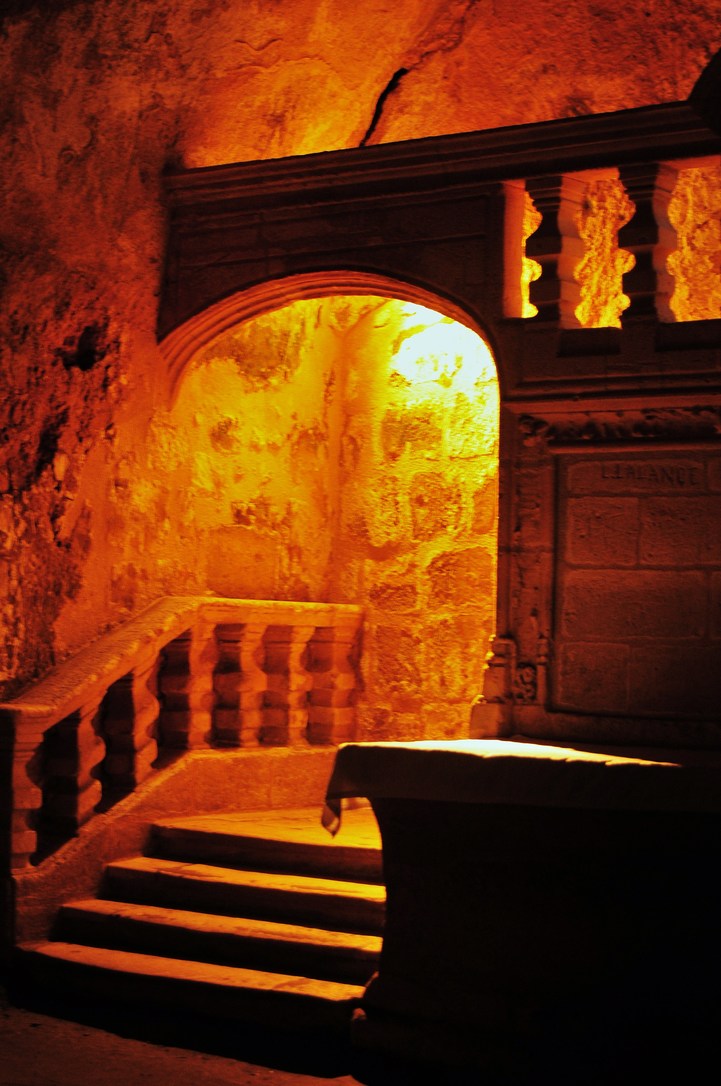
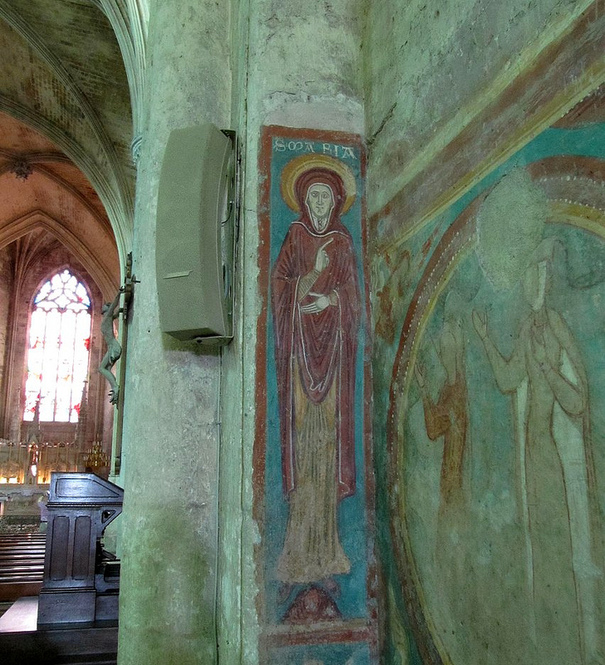
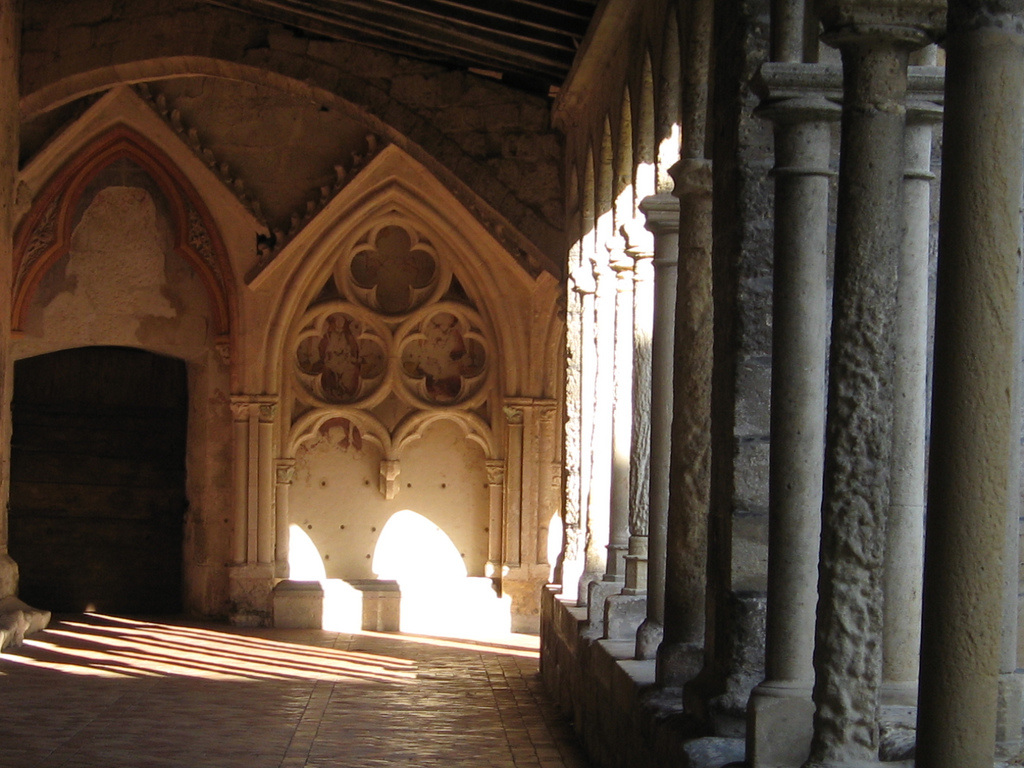
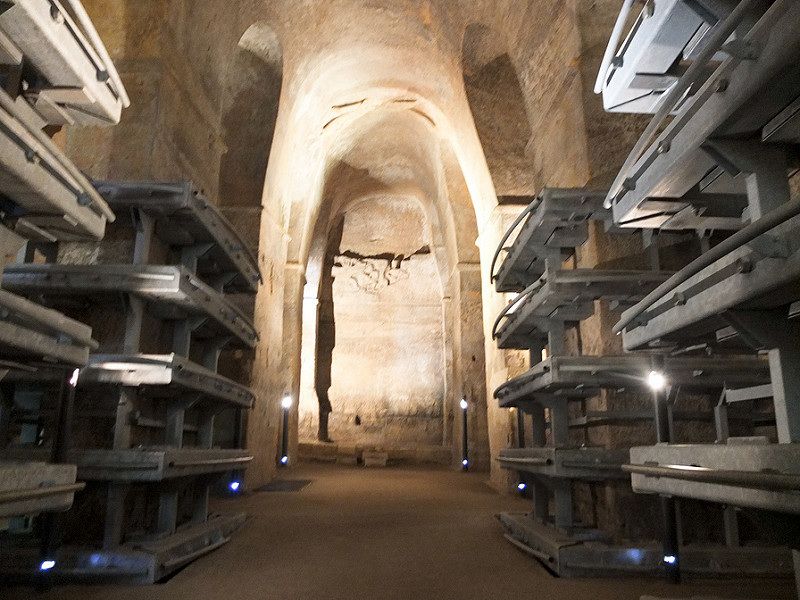

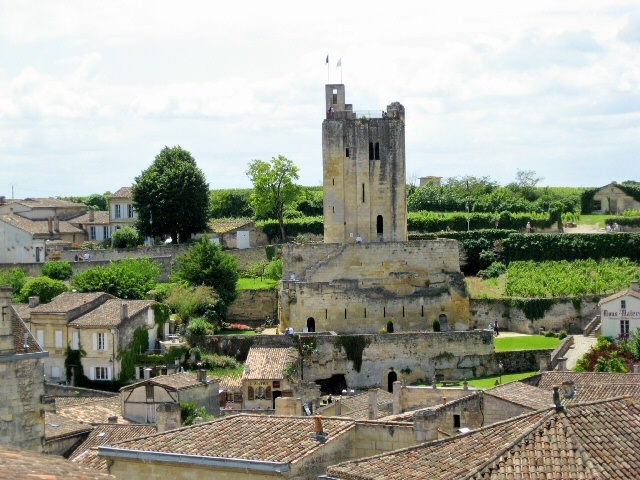
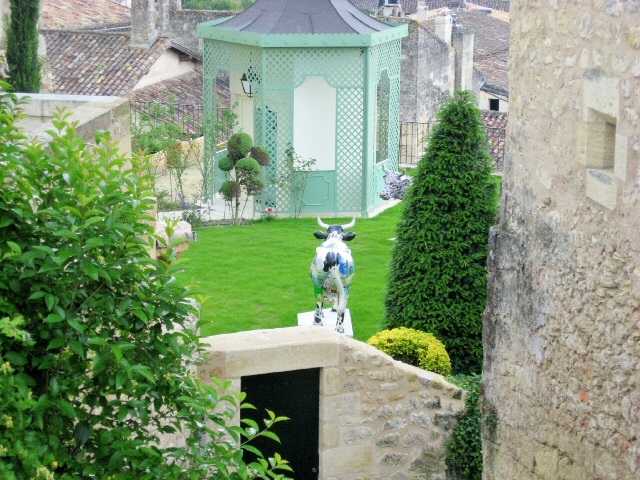


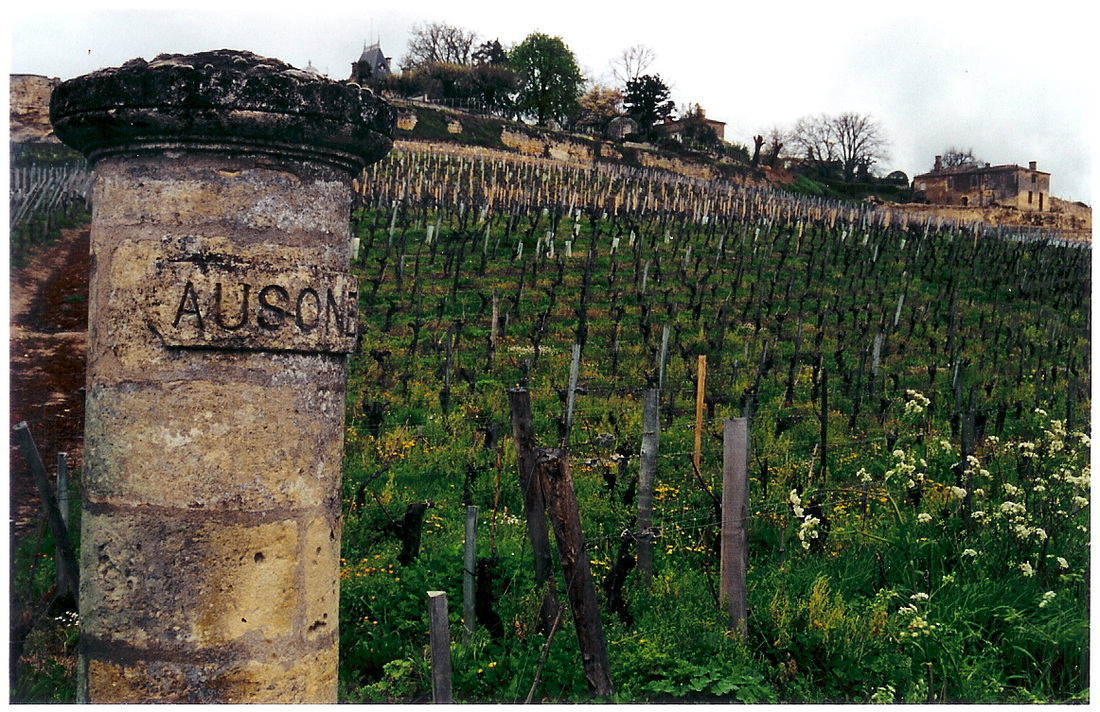

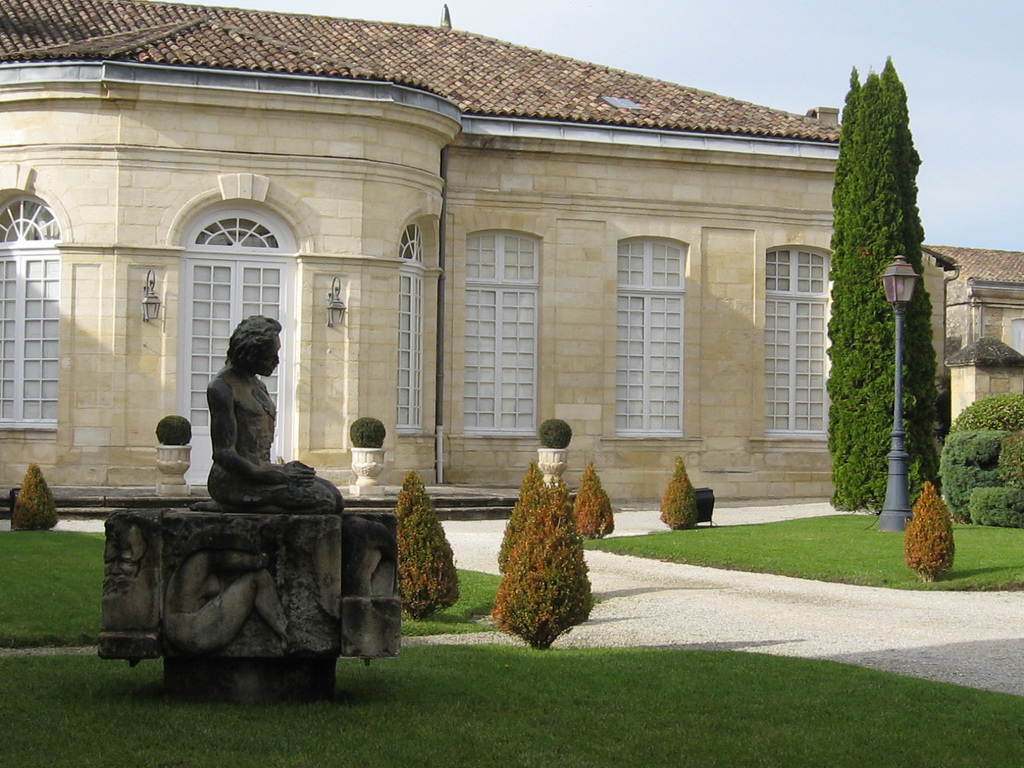



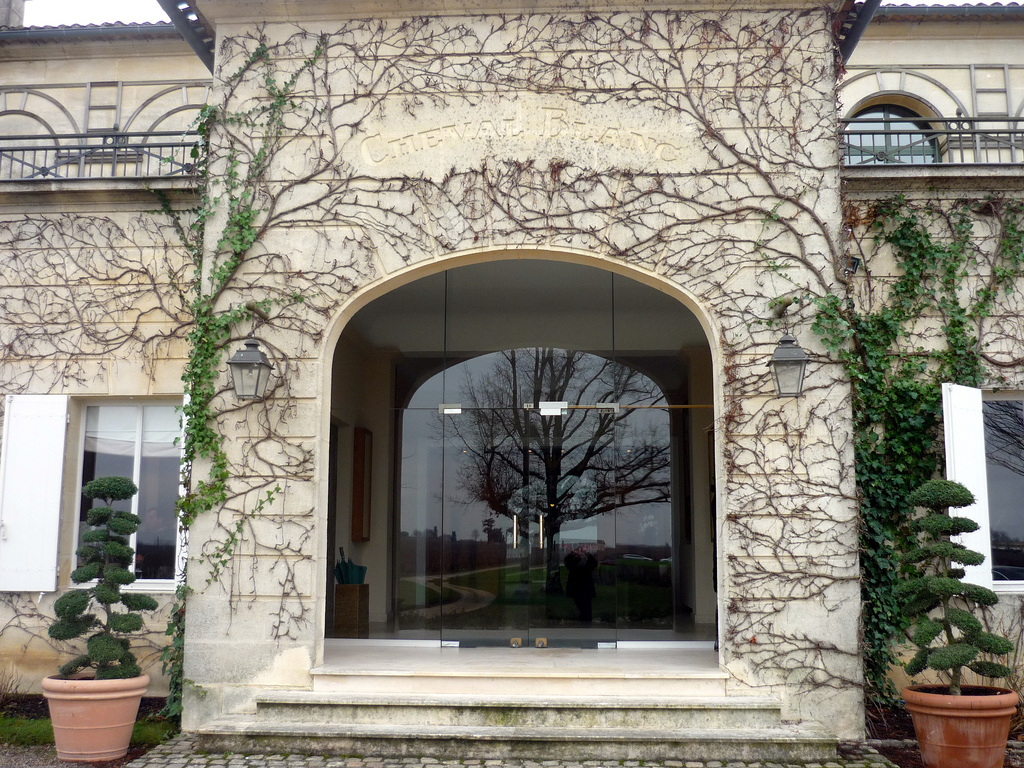
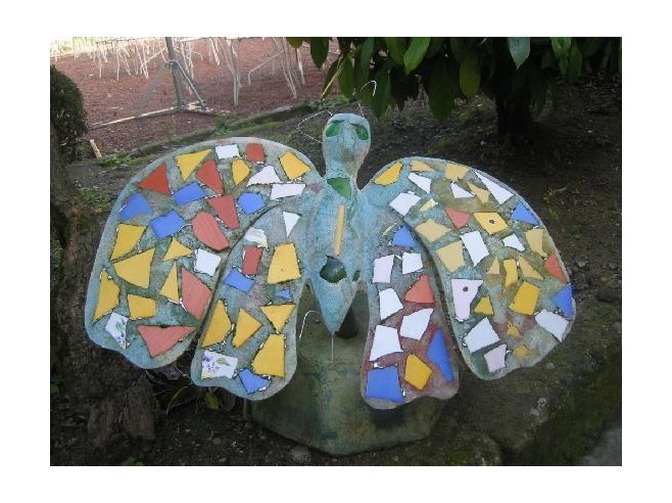



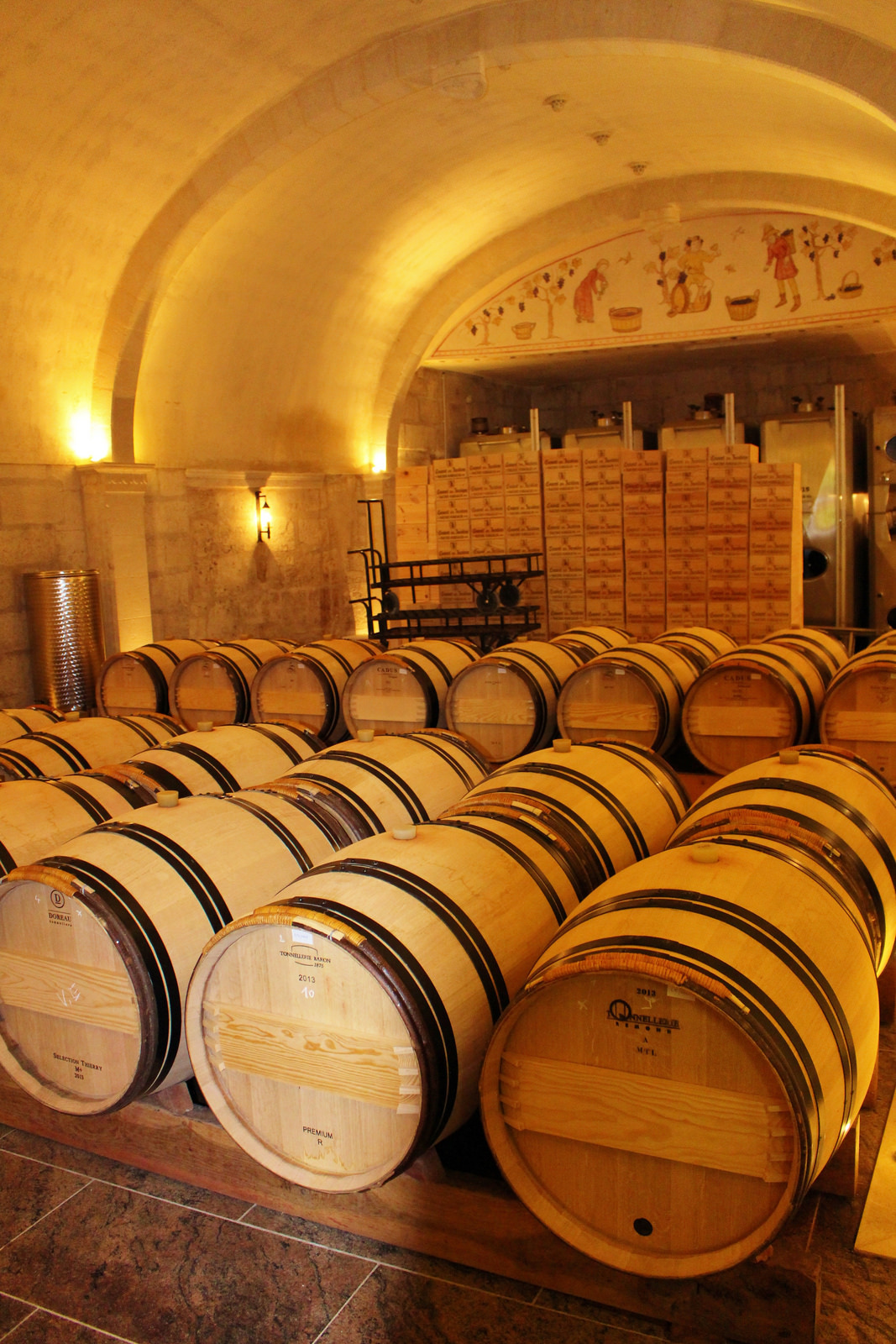

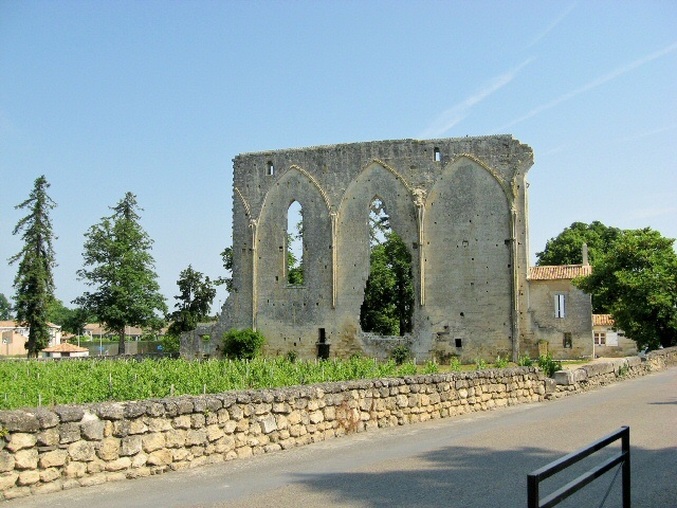

 RSS Feed
RSS Feed
